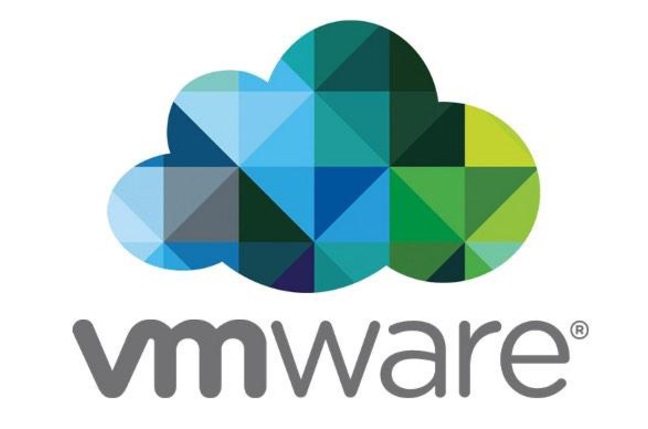VMware takes open, interoperable approach to enterprise IoT
LAS VEGAS–The proliferation of internet of things devices will create the data enterprises, regardless of vertical focus, need to gain operational efficiencies and realize new revenue opportunities. But the IoT is marked by a deep level of fragmentation from the connectivity (LTE-M, NB-IoT, Wi-Fi, Bluetooth, etc…) to the platform to the level of cloud integration. That’s a Pandora’s Box that can’t be repacked, so you have to effectively manage the fragmentation and provide the flexibility needed to monetize IoT investments, according to Mimi Spier, vice president of edge and IoT at VMware.
Spier’s title suggests the important relationship between the edge and the IoT–real-time, data-based decision making requires compute power close to the network edge. In fact, as telecom operators refine edge strategies and build out 5G, two of the primary use cases are massive Machine Type Communication and Ultra Reliable Low Latency Communication, both of which speak to the diversity of IoT use cases, dense environmental sensing networks and real-time precision robotics, for instance.
Spier tied her priorities around edge and IoT in the larger context of VMware’s mission of connecting any device to any application in any cloud. “Now we’re extending this to the edge,” she said in an interview during Dell Technologies World. “Enterprise-grade customers, they’re going to invest in IoT and edge across their business. It’s really going to cross almost every line of business.”
She gave a three-fold perspective on what constitutes the edge. The device edge comprises “the things themselves and the sensors as well as the IoT gateways. To us the gateway is very much connected to that device edge because it’s the aggregation point and coupling point.” Moving up is the compute edge marked by server-class processing. “We think a compute edge is really important right now for enterprises that are looking at IoT,” Spier said. Next is the network edge where all of this IoT-generated data connects back to the cloud or clouds.
VMware’s solution is the Pulse IoT Center, a ground-up rebuild of its previous offering featuring across-the-board enhancements marked by tight integration with key open source software (Edge X Foundry, LIOTA and Photon OS) and consistency with multi- and hybrid-cloud computing approaches.
“We believe in an open, flexible approach to IoT and to leverage open technology…as much as possible,” Spier said. “We think that is going to be critical to removing the fragmentation in IoT, streamlining and standardizing how IoT gets deployed.”
Edge X Foundry, developed by Dell then made open source through the Linux Foundation, is a microservices framework for plug-and-play IoT; LIOTA orchestrates the flow of data from edge devices to the Pulse IoT Center; and Photon OS is a Linux container host.
“We’re trying to be creative and do what’s right for the business and what’s right for developers,” Spier said. “We know fragmentation isn’t going away anytime. This is the way the world will have to be moving forward. We need to find unique and creative and enterprise-grade solutions that solve for this very complex problem.”

